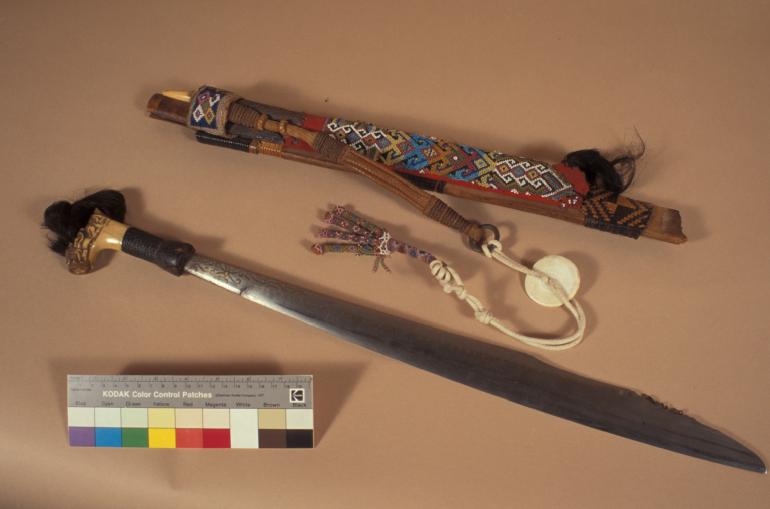Ethnographic Material
C. Corvaia, D. Gilroy and C. Harley
Introduction
Because they can be constructed from almost any type or mixture of materials, the care of ethnographic objects, probably more than any other type of collective material, presents a tremendous challenge to conservators and collectors alike (Figure 1).
It is worth listing some of these materials to highlight the high degree of care and sensitivity needed in handling, documenting and treating these artefacts. Materials used in ethnographic objects may include textiles, metals, plant material, stone, ceramics, skins, leather, furs, glass, feathers, shells, ochres, pigments and ivory, coupled with dyes, resins, oils, paints, blood and so on. Each of these material types can be further subdivided to give an even more imposing list of possible components which make up the class of collectables known as ethnographic objects. Plant material, for instance, can include wood, gourds, bark, paper, linen, cloth, reeds, leaves and vines.
Figure 1: This parang shows the range of material types that can be found within one object.
Note that some traditional societies have introduced modern materials into their objects. A background knowledge of the recent history of an artefact is therefore pertinent. It is also very important to understand the social and cultural backgrounds associated with objects so that no offence is caused, for example, by having a particular object on display.
In order to preserve ethnographic material it is essential to identify both the material components and the agents of deterioration.













